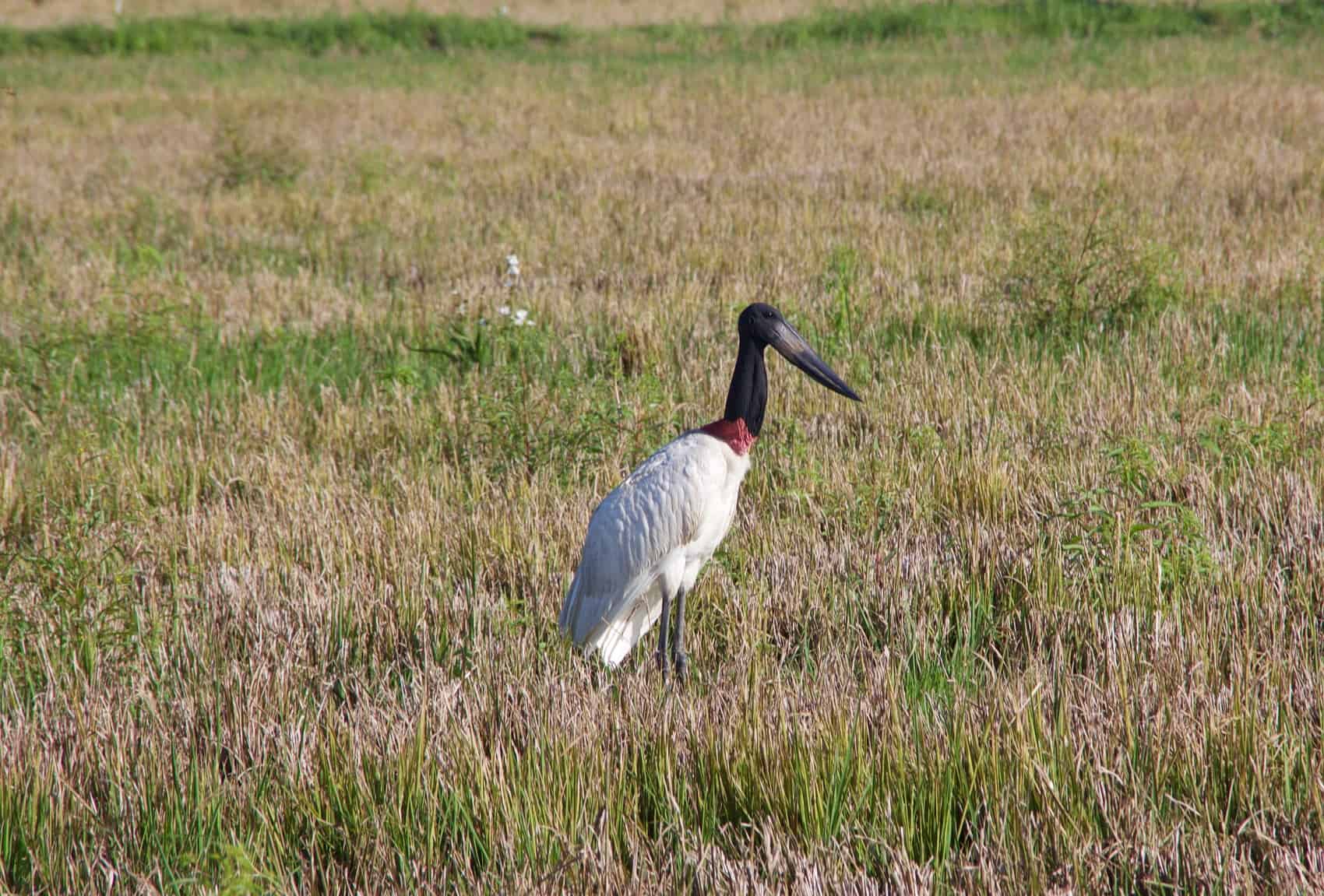The jabiru belongs to the family Ciconiidae. It is the largest bird found in Costa Rica and one of the most endangered species in the country, which is why the State Distance Learning University (UNED) has been leading a strategy to promote its conservation. Like many other species, the jabiru has been a victim of habitat destruction, wetland drainage, and agricultural and urban expansion. Its habitat consists of wetlands, which are protected in Costa Rica; however, they are sometimes destroyed to make way for massive constructions.
“Protecting the jabiru also means preserving key ecosystems for many other species and maintaining environmental balance,” said Johnny Villarreal, a UNED researcher. More than 75% of jabiru nests in Costa Rica are located on private farms, making collaboration with landowners essential. Therefore, UNED calls on both the public and private sectors to unite for the conservation of this species.
UNED promotes a systematic monitoring and environmental education program, which is why each year it organizes the Jabiru Expedition, during which scientists and volunteers check the nests and conduct simultaneous counts in March and April. It also works with communities near the wetlands to raise awareness about the importance of conservation.
The program was developed in 1993 and continues to yield positive results, allowing for the protection of this species. However, despite these efforts, the jabiru remains at risk. The loss of wetlands, climate change, and natural egg predation by raccoons and birds of prey continue to impact the jabiru population in Costa Rica. In the meantime, UNED continues its scientific and environmental education efforts, with the goal of ensuring that this emblematic bird does not disappear from the Costa Rican landscape.
“Knowledge is the first step to conservation. We have seen that when people understand the jabiru’s situation, their attitudes change, and they become habitat protectors,” added the UNED researcher.
As explained by the National System of Conservation Areas (SINAC), the number of individuals of this species in the country is low. “We must continue monitoring and protecting this important bird, and we call on the population to be part of these efforts,” said Alexander León, Director of the Arenal Tempisque Conservation Area (ACAT).







